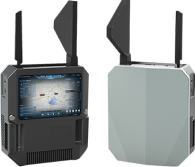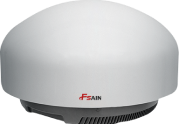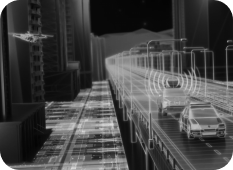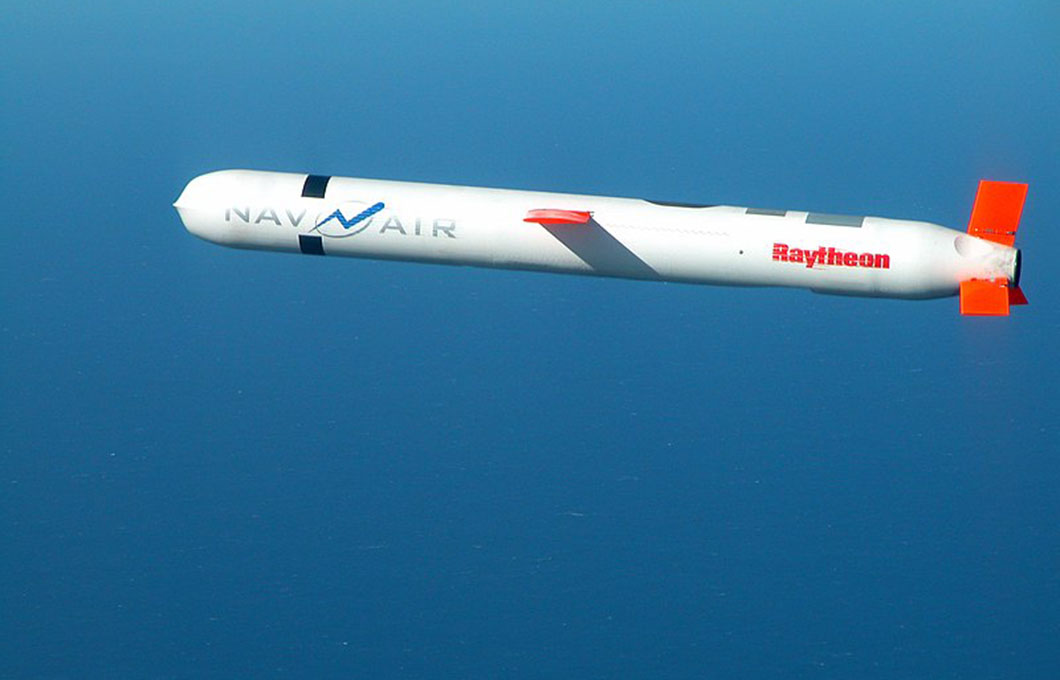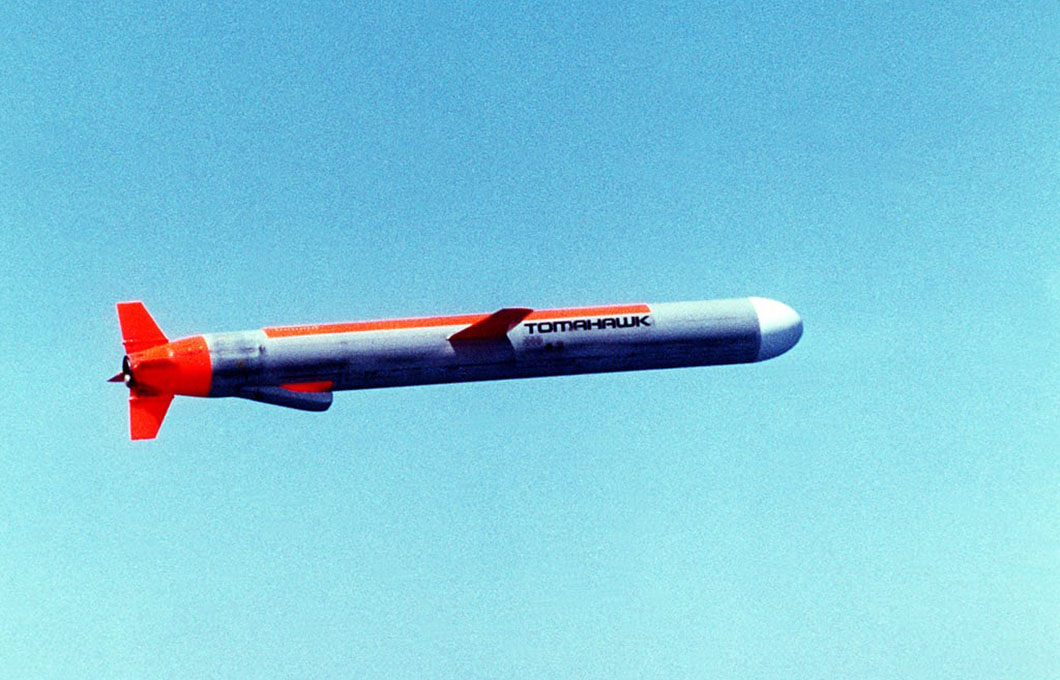



The rapid development of the drone industry has led to the diversification of drone types. The mainstream drones on the market can be divided into the following categories: entry-level WiFi drones represented by brands such as SJRC and HOLYSTONE; high-end brand drones led by brands such as DJI and Autel; digital FPV drones from brands such as WalkSnail and FatShark; analog image transmission FPV drones from brands such as HIFIONRC and HGLRC; drones for industry applications focused on by brands such as XAG and TopXgun; and radio-silent drones including fiber-optic drones and inertial navigation drones.
Description of WiFi drone functions and features
WiFi drones, as a type of drone that uses WiFi technology as a means of communication, are mainly characterized by their power configuration and flight performance. This type of drone is usually designed with a small power, so its anti-interference ability is relatively weak, which directly limits its flight distance, generally not exceeding 500 meters. Due to its power and flight distance limitations, WiFi drones are mainly positioned as entry-level entertainment drones, suitable for beginners or for simple entertainment flight activities, rather than for complex or long-distance mission execution, especially not as an invasion tool.
However, although WiFi drones are commonly used for entertainment purposes, there are still a few WiFi drones with strong shooting functions on the market. These drones are able to take pictures or secretly take pictures remotely, which to a certain extent broadens the potential application scenarios of WiFi drones, but also raises concerns about privacy and security. To deal with this type of drone, the detection equipment is required to have a WiFi probe function, and the WiFi probe is required to be as far away as possible. In terms of suppression, it is only necessary to equip suppression equipment with key frequency bands to suppress WiFi drones at a long distance.
Description of brand drone functions and features
Brand drones are composed of domestic manufacturers such as DJI, Autel, and Hubsan. At present, all industry drones are subject to national supervision. New drones after 2024 are equipped with national standard broadcast messages remote id. Using remote id parsing equipment, you can easily obtain the location of all brand drones within 1km. For DJI drones, using DJI Cloud Sentry equipment, you can parse the drone id sent by DJI drones, and effectively identify all DJI drones within 3-5km around. Therefore, although brand drones have powerful flight performance and remote control capabilities, they are still not often used in terrorist attacks. However, due to its high-definition camera, it is often used for sneak photography and candid photography. For key parts, the detection of remote id receivers is not enough to ensure safety, and Cloud Sentry can only be effective for DJI drones, and cannot guarantee the effect for other drones, so spectrum detection equipment is still needed for long-distance detection.
Digital FPV uses digital signal encryption technology to achieve image transmission, and is usually used in conjunction with the flight control system of the Black Sheep TBS or ELRS protocol. Thanks to its low latency and stronger anti-interference ability similar to that of industrial drones, digital drones are popular among pilot enthusiasts. However, these drones can also carry small explosives or other dangerous goods, and they can be obtained in a variety of ways and easily purchased through various channels. Therefore, they have become the preferred tool for criminals. In order to effectively prevent and control such drones, full-band detection equipment needs to be deployed, and full-band or multi-band countermeasures built on the SDR platform are used to deal with them, given that they are mostly modularly assembled and have variable frequency bands.
Analog FPV uses analog modulation to transmit images. Compared with digital drones, its transmission process is not encrypted and is closer to the broadcast mode, so it is susceptible to protocol takeover and link suppression. However, due to its relatively simple architecture, this type of drone can use higher power, even up to 2W or more. For this type of drone, it is also necessary to equip it with full-band detection equipment and combine it with multi-band high-power suppression equipment for effective confrontation.
Industrial drones usually use self-organizing network modules or rely on base stations to work. This type of drone is strictly controlled and expensive. It has high-precision GPS positioning and visual positioning modules, and usually does not cause drone safety accidents. However, due to pilot errors or spy infiltration in some environments, there have been frequent industry drone safety accidents in recent years. For this type of drone, more policy measures are still relied on. For key parts, full-band high-power suppression equipment or laser equipment needs to be deployed for emergency confrontation.
Electromagnetic silent drones rarely appear in the civilian field, and are more used in the field of military confrontation. This type of drone is not affected by radio interference, nor can it be detected by passive detection means. It can only be suppressed by radar + thermal weapons, which is not a common means.

